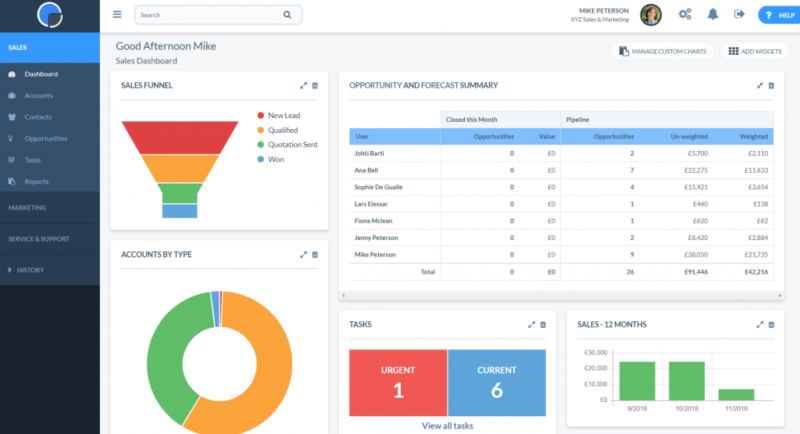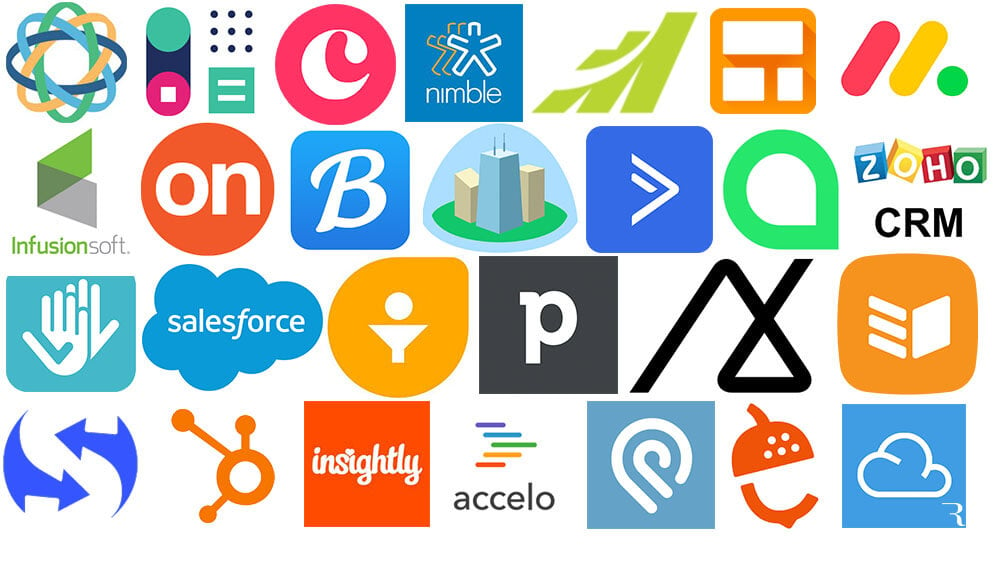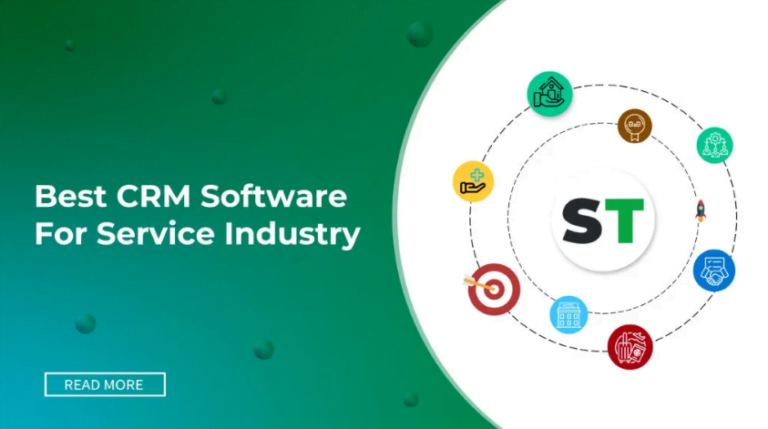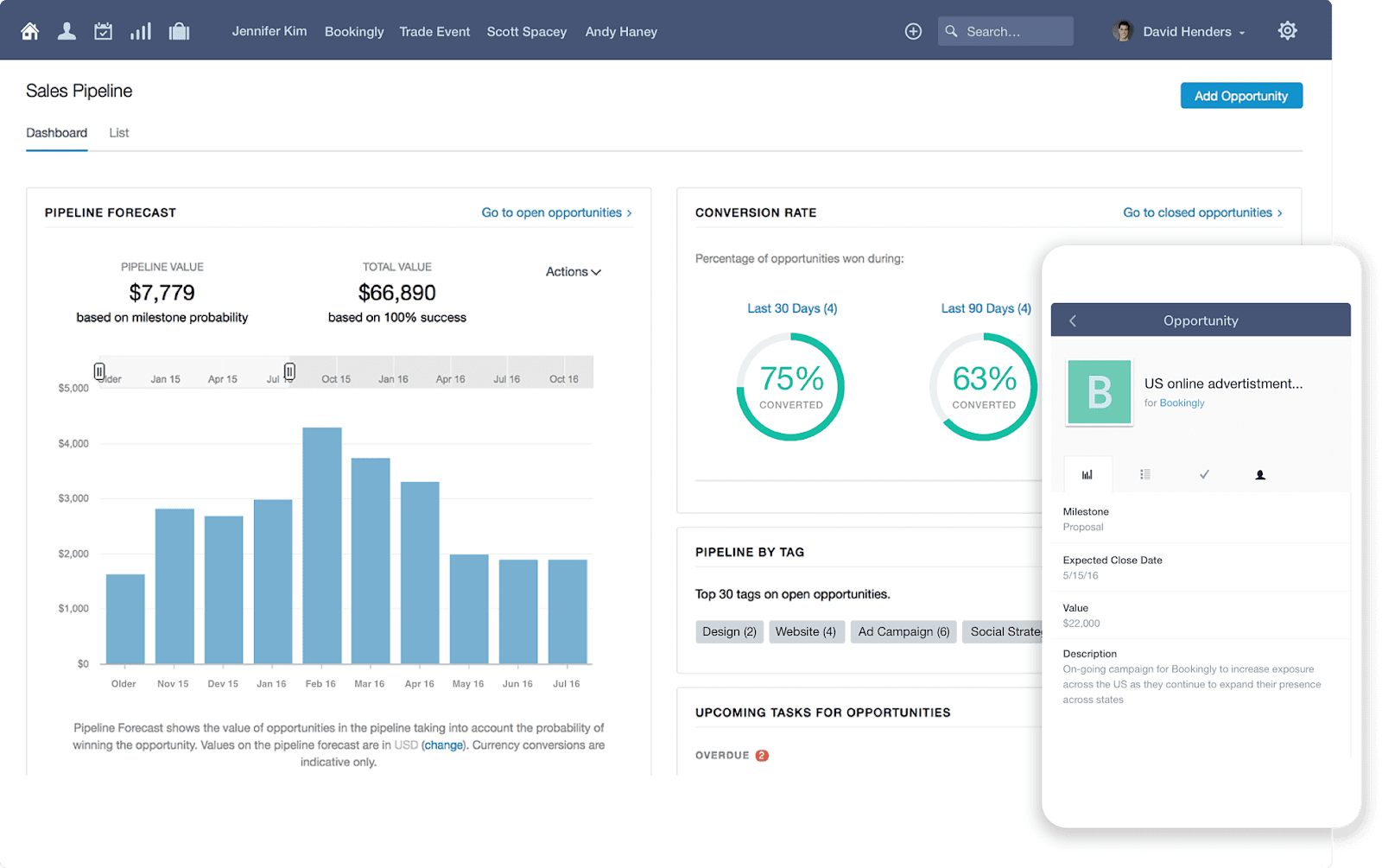Level Up Your Small Retail Business: Why CRM is the Secret Weapon You Need
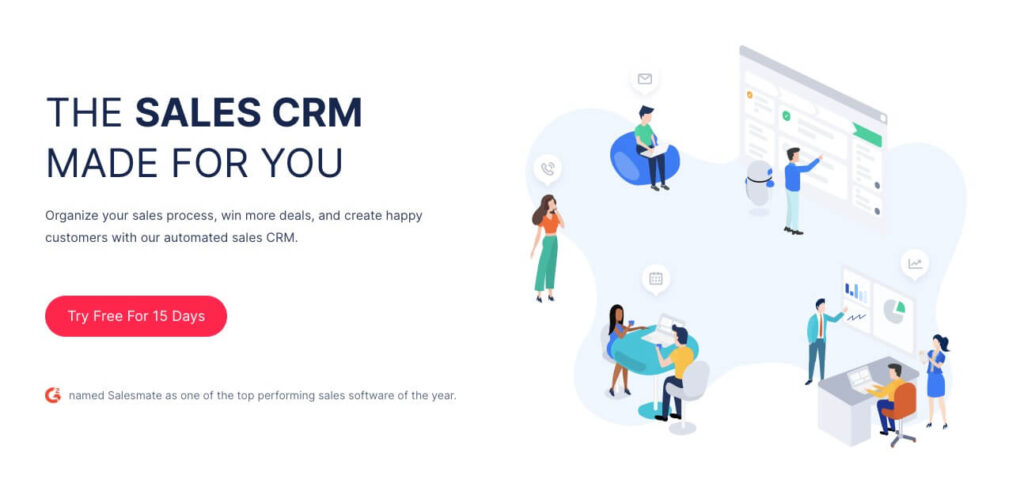
Level Up Your Small Retail Business: Why CRM is the Secret Weapon You Need
Running a small retail business is a rollercoaster. One minute you’re riding high on a wave of sales, the next you’re scrambling to keep up with inventory, customer inquiries, and everything in between. It’s a demanding job, and let’s be honest, sometimes it feels like you’re juggling chainsaws while riding a unicycle. But there’s a secret weapon that can help you navigate this chaotic landscape and come out on top: Customer Relationship Management (CRM) software.
Now, the term “CRM” might conjure images of massive corporations and complex systems. But don’t let that scare you. The truth is, CRM is incredibly valuable for small retail businesses, and it doesn’t have to break the bank or require a team of tech wizards to implement. In fact, it’s arguably more crucial for small businesses than it is for larger ones. Why? Because in a small retail environment, every customer interaction matters. Every lost sale stings. And every opportunity to build a loyal customer base is gold.
This article will dive deep into the world of CRM for small retail businesses. We’ll explore what it is, why you need it, how to choose the right one, and how to actually use it to transform your business. Get ready to unlock the power of customer relationships and take your retail business to the next level.
What Exactly is CRM? Demystifying the Buzzword
Let’s start with the basics. CRM stands for Customer Relationship Management. At its core, CRM is a system that helps you manage your interactions with current and potential customers. Think of it as a central hub for all your customer-related information. It’s a digital Rolodex on steroids, but so much more.
Instead of relying on scattered spreadsheets, sticky notes, and your fading memory, a CRM system allows you to:
- Store customer information: Names, contact details, purchase history, preferences – everything you need to know.
- Track interactions: Emails, phone calls, in-store visits, social media interactions – all in one place.
- Automate tasks: Send automated emails, schedule follow-ups, and streamline your workflow.
- Analyze data: Gain insights into customer behavior, sales trends, and marketing effectiveness.
In essence, CRM is about building and nurturing relationships with your customers. It’s about understanding their needs, providing excellent service, and turning them into loyal advocates for your brand. It’s about moving beyond simply selling products and creating a customer experience that keeps them coming back for more.
Why Does Your Small Retail Business Need a CRM? The Benefits Unveiled
You might be thinking, “My business is small. I know my customers. Do I really need a CRM?” The answer is a resounding YES! Here’s why:
1. Enhanced Customer Relationships
This is the heart of it all. CRM helps you build stronger relationships with your customers by:
- Personalizing interactions: Accessing customer history allows you to tailor your communication and offers to their individual needs. Imagine remembering a customer’s favorite product or knowing their birthday. That level of personalization can make a huge difference.
- Improving customer service: Quickly accessing customer information allows you to resolve issues faster and more efficiently. No more fumbling around for details; everything is at your fingertips.
- Boosting customer loyalty: When customers feel valued and understood, they’re more likely to stick around. CRM helps you create a positive customer experience that fosters loyalty.
2. Increased Sales and Revenue
CRM isn’t just about warm fuzzies; it’s about boosting your bottom line. Here’s how:
- Identifying sales opportunities: CRM can help you identify potential upsells and cross-sells based on customer purchase history and preferences.
- Improving lead management: Track and nurture leads more effectively, converting them into paying customers.
- Optimizing marketing campaigns: Target your marketing efforts more effectively by segmenting your customer base and tailoring your messaging.
3. Streamlined Operations and Efficiency
CRM can free up your time and resources by automating tasks and streamlining your workflow:
- Automated follow-ups: Set up automated email sequences to nurture leads, follow up on quotes, and remind customers about upcoming promotions.
- Centralized data: Eliminate the need to search through multiple spreadsheets and documents. All your customer information is in one place, accessible to your authorized team members.
- Improved collaboration: Share customer information and track interactions across your team, ensuring everyone is on the same page.
4. Data-Driven Decision Making
CRM provides valuable insights into your business performance:
- Track sales trends: Identify which products are selling well, which ones are not, and which customer segments are most profitable.
- Measure marketing effectiveness: Track the performance of your marketing campaigns and identify what’s working and what’s not.
- Improve customer retention: Identify at-risk customers and take proactive steps to prevent them from churning.
Choosing the Right CRM for Your Small Retail Business: A Practical Guide
Choosing the right CRM can feel overwhelming, but it doesn’t have to be. Here’s a step-by-step guide to help you find the perfect fit:
1. Assess Your Needs and Goals
Before you start looking at CRM systems, take some time to define your needs and goals. Ask yourself:
- What are your biggest pain points in managing customer relationships?
- What do you want to achieve with a CRM? (e.g., increase sales, improve customer service, streamline operations)
- What features are essential for your business? (e.g., contact management, email marketing, sales automation, reporting)
- How many users will need access to the CRM?
- What is your budget?
Answering these questions will help you narrow down your options and choose a CRM that aligns with your specific requirements.
2. Research CRM Options
Once you have a clear understanding of your needs, it’s time to start researching CRM options. Here are some popular choices for small retail businesses:
- HubSpot CRM: A free and user-friendly CRM with a wide range of features, including contact management, deal tracking, and email marketing.
- Zoho CRM: A powerful and affordable CRM with a variety of features, including sales automation, customer support, and analytics.
- Pipedrive: A sales-focused CRM that’s easy to use and ideal for managing leads and deals.
- Salesforce Essentials: A scaled-down version of Salesforce, designed for small businesses. It offers a robust set of features and integrations.
- Freshsales: A user-friendly CRM with features like built-in phone and email, ideal for sales teams.
When researching, consider factors like:
- Features: Does it offer the features you need?
- Ease of use: Is it user-friendly and easy to learn?
- Pricing: Does it fit within your budget?
- Integrations: Does it integrate with your existing tools and systems? (e.g., e-commerce platform, email marketing software)
- Customer support: Does it offer reliable customer support?
- Reviews and ratings: What are other users saying about it?
3. Consider Your Budget
CRM pricing varies widely, from free plans to enterprise-level solutions. Determine how much you’re willing to spend and look for options that fit within your budget. Consider the following:
- Free plans: Offer basic features and are a good starting point for very small businesses.
- Paid plans: Offer more features, storage, and support. Pricing is typically based on the number of users and features.
- Hidden costs: Be aware of potential hidden costs, such as implementation fees, training costs, and add-ons.
4. Prioritize Ease of Use and Implementation
A complex CRM system that’s difficult to learn and implement will be a waste of time and money. Look for a CRM that’s user-friendly and offers a smooth implementation process. Consider the following:
- User interface: Is the interface intuitive and easy to navigate?
- Training and support: Does the vendor offer training and support to help you get started?
- Implementation process: Is the implementation process straightforward and well-documented?
5. Test Drive and Evaluate
Before making a final decision, take advantage of free trials or demos to test drive the CRM. This will give you a chance to:
- Evaluate the user interface: See if the interface is user-friendly and intuitive.
- Test the features: Try out the features that are important to you.
- Assess the performance: See how the CRM performs with your data.
- Get feedback from your team: Involve your team in the evaluation process to get their feedback.
Implementing Your CRM: A Step-by-Step Guide to Success
So, you’ve chosen your CRM – congratulations! Now comes the implementation phase. Here’s a step-by-step guide to help you get started:
1. Plan Your Implementation
Before you dive in, create a plan. This will help you stay organized and avoid potential pitfalls. Consider the following:
- Define your goals: What do you want to achieve with your CRM implementation?
- Identify your data sources: Where will you import your customer data from? (e.g., spreadsheets, existing databases)
- Assign roles and responsibilities: Who will be responsible for data entry, training, and ongoing management?
- Set a timeline: Establish a realistic timeline for implementation.
2. Import Your Data
This is a crucial step. Accurately importing your data ensures that your CRM is populated with the information you need. Here’s how:
- Clean your data: Remove duplicates, correct errors, and standardize your data format.
- Choose the right import method: Most CRMs allow you to import data from spreadsheets or other files.
- Map your fields: Ensure that your data fields are mapped correctly to the CRM fields.
- Test your import: Import a small sample of your data to ensure that everything is working correctly.
3. Customize Your CRM
Tailor your CRM to your specific needs. This might involve:
- Adding custom fields: Create custom fields to store information that’s unique to your business.
- Configuring workflows: Automate tasks like sending follow-up emails or assigning leads.
- Setting up integrations: Connect your CRM with other tools and systems you use.
4. Train Your Team
Proper training is essential for successful CRM adoption. Provide your team with the training they need to use the CRM effectively. Consider the following:
- Develop a training plan: Outline the topics you’ll cover and the training methods you’ll use.
- Provide hands-on training: Encourage your team to practice using the CRM.
- Offer ongoing support: Provide ongoing support and answer any questions your team may have.
5. Start Using Your CRM
Once your CRM is set up and your team is trained, start using it! Encourage your team to use the CRM consistently and make it a part of their daily workflow. Monitor their usage and provide ongoing support.
6. Monitor, Evaluate, and Refine
Your CRM implementation is an ongoing process. Regularly monitor your CRM usage, evaluate its effectiveness, and make adjustments as needed. Consider the following:
- Track key metrics: Monitor metrics like sales, customer retention, and customer satisfaction.
- Gather feedback: Ask your team for feedback on the CRM.
- Make adjustments: Refine your CRM configuration and workflows as needed.
Maximizing Your CRM: Advanced Tips and Techniques
Once you’ve got the basics down, it’s time to unlock the full potential of your CRM. Here are some advanced tips and techniques:
1. Segment Your Customer Data
Don’t treat all your customers the same. Segment your customer data based on factors like:
- Demographics: Age, location, income, etc.
- Purchase history: What they’ve bought, how often they buy, and how much they spend.
- Engagement: How they interact with your brand (e.g., website visits, email opens, social media activity).
Segmentation allows you to personalize your marketing efforts and tailor your communication to specific customer groups.
2. Automate Your Workflows
Automation can save you a ton of time and effort. Use your CRM to automate tasks like:
- Lead nurturing: Set up automated email sequences to nurture leads and guide them through the sales process.
- Appointment scheduling: Integrate your CRM with your calendar to automate appointment scheduling.
- Task management: Assign tasks to team members and set up automated reminders.
3. Integrate with Other Tools
Integrate your CRM with other tools you use to streamline your workflow and improve data accuracy. Consider integrating with:
- Email marketing software: Sync your customer data with your email marketing platform to send targeted email campaigns.
- E-commerce platform: Integrate your CRM with your e-commerce platform to track customer purchases and personalize your marketing efforts.
- Social media: Connect your CRM to your social media accounts to track social media interactions and engage with your customers.
4. Leverage Reporting and Analytics
Use your CRM’s reporting and analytics features to gain insights into your business performance. Track key metrics like:
- Sales performance: Track sales trends, identify top-performing products, and measure the effectiveness of your sales efforts.
- Customer behavior: Analyze customer purchase history, website activity, and email engagement to understand your customers better.
- Marketing effectiveness: Track the performance of your marketing campaigns and measure your ROI.
5. Foster a Customer-Centric Culture
CRM is more than just software; it’s a philosophy. Create a customer-centric culture within your business by:
- Empowering your team: Give your team the tools and training they need to provide excellent customer service.
- Encouraging feedback: Actively solicit feedback from your customers and use it to improve your products and services.
- Building relationships: Focus on building long-term relationships with your customers.
Common Mistakes to Avoid When Using CRM
Even with the best intentions, it’s easy to make mistakes when using CRM. Here are some common pitfalls to avoid:
1. Not Defining Your Goals
Without clear goals, you won’t know if your CRM is successful. Before you implement your CRM, define your objectives and how you’ll measure success.
2. Poor Data Quality
Garbage in, garbage out. If your data is inaccurate or incomplete, your CRM won’t be effective. Invest time in cleaning and maintaining your data.
3. Not Training Your Team
If your team doesn’t know how to use the CRM, it will be underutilized. Provide thorough training and ongoing support.
4. Not Integrating with Other Tools
Failing to integrate your CRM with other tools will create silos of information and reduce efficiency. Integrate your CRM with your existing systems.
5. Neglecting to Analyze Data
CRM provides valuable insights, but you need to analyze the data to benefit from them. Regularly review your reports and analytics to identify trends and opportunities.
6. Choosing the Wrong CRM
Picking a CRM that doesn’t meet your needs will be a waste of time and money. Research your options carefully and choose a CRM that’s a good fit for your business.
Real-World Success Stories: CRM in Action for Retail Businesses
Let’s look at a few examples of how small retail businesses have successfully used CRM to boost their sales and enhance customer relationships:
Example 1: The Local Boutique
A small clothing boutique used CRM to track customer preferences, birthdays, and anniversaries. They sent personalized birthday emails with exclusive discounts and anniversary promotions. This resulted in a significant increase in customer loyalty and repeat purchases.
Example 2: The Independent Bookstore
An independent bookstore used CRM to track customer reading habits and recommend new books based on their past purchases. They also used CRM to manage their loyalty program, rewarding customers for their purchases. This led to a boost in sales and a thriving community of book lovers.
Example 3: The Specialty Food Shop
A specialty food shop used CRM to track customer allergies and dietary restrictions. They used this information to personalize their recommendations and ensure that their customers always had a positive shopping experience. This resulted in increased customer satisfaction and positive word-of-mouth referrals.
Conclusion: Embrace the Power of CRM and Watch Your Retail Business Thrive
In the competitive world of retail, building strong customer relationships is more important than ever. CRM is the secret weapon that can help you achieve this. By implementing a CRM system, you can personalize your interactions, streamline your operations, increase sales, and gain valuable insights into your business performance.
Don’t be intimidated by the technology. There are many user-friendly and affordable CRM options available for small retail businesses. Take the time to assess your needs, research your options, and choose a CRM that’s right for you. With the right CRM in place, you’ll be well on your way to building a loyal customer base and taking your retail business to new heights.
So, what are you waiting for? Start exploring the world of CRM today and unlock the power of customer relationships.

